Hidden Corners Behind the Grand Bazaar
Istanbul is the kind of place which favors bold exploration, as we learned after a day spent in the maze of streets around the Grand Bazaar. The city is filled with quiet, secret spots… if you can muster up the courage to go down that darkened hall, into that empty courtyard, or up those crumbling stairs.
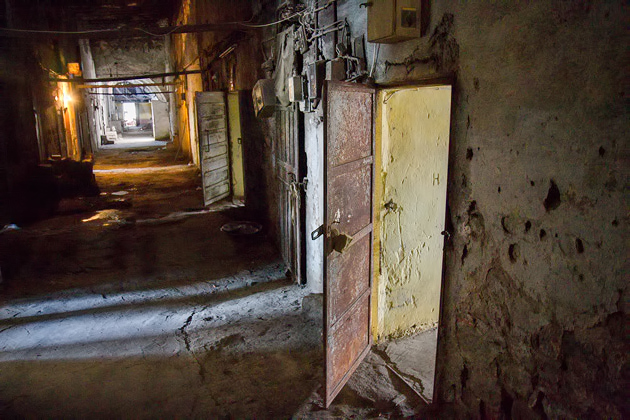
Of course, I’m not recommending that anyone skip off willy-nilly into Istanbul’s abandoned buildings. We ventured into a couple places that I would never go into were I by myself, or were it after dark. But a cautious exploration of the old hans around the Grand Bazaar can be very rewarding.
Our day began in the Subuncu Han, near Eminönü Plaza. This han itself doesn’t have much to recommend it, just a bunch of jewelry stores surrounding a tiny courtyard, but there was a great locals-only spot for lunch on the second floor. Instead of sitting down in one of Eminönü’s döner shops for an overpriced lunch geared toward tourists, we munched on excellent and very cheap lahmaçun (Turkish pizza) with a few guys who work in the han.
We progressed steadily from Eminönü towards the Grand Bazaar, every once in awhile escaping the crowds to duck into another han. We found gold and silver-smiths at work in the Leblebici Han, and watched a couple men train flocks of trick pigeons in the Büyuk Yeni Han. And in the gray, French-influenced Stamboul Yeni Tcharchi Han, we were the only people at all. A young guy witnessed our hesitation about venturing down an long, dark tunnel-like hallway in the Sair Han, and encouraged us to proceed without fear. At the end, we found a nargile workshop. The most well-hidden nargile workshop in the world!
Inside a couple hans, we were able to get onto the roofs for amazing views of the city. The first was at the northwest corner of the Sair Han; before going inside, you can scale a flight of stairs directly to the roof. But the better view was at the massive Büyük Valide Han. Here, we were approached by a key-wielding man who knew exactly what we wanted. “Go on roof, yes?” A small five lira tip later, we were up on top, looking over the city and the Golden Horn.
It was an incredible day out. If you’re interested in doing something similar, check out a great book called Istanbul’s Bazaar Quarter, by Edda Renker Weissenbacher and Ann Marie Mershon: a comprehensive guide to the Grand Bazaar and the streets which surround it, with four self-guided walking tours.
Locations on our Map: Subuncu Han | Sair Han | Büyük Valide Han
–Self-guided Han Tours In Istanbul
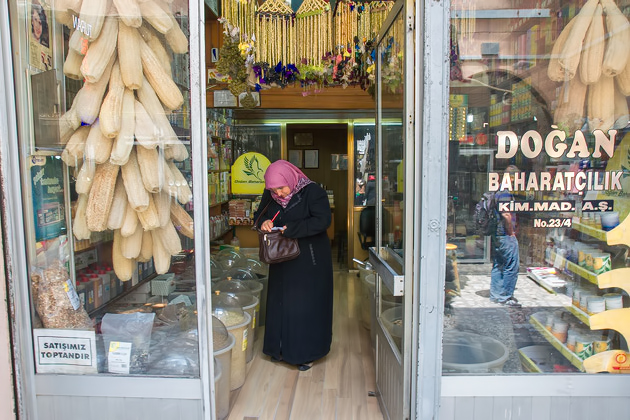
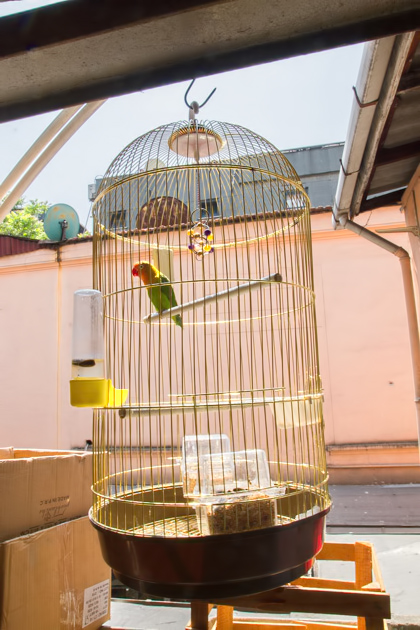
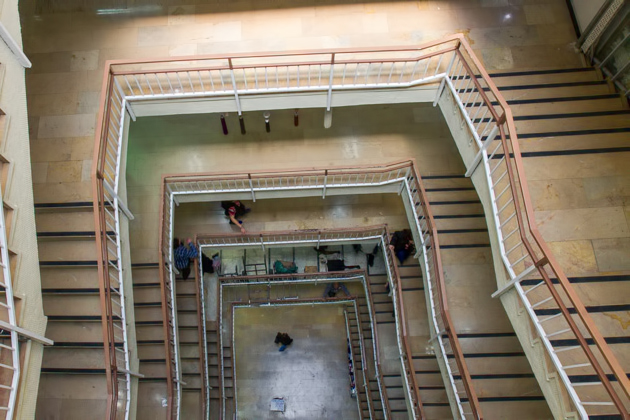
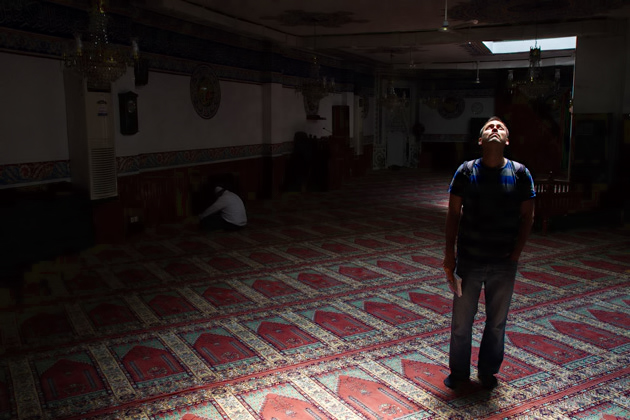
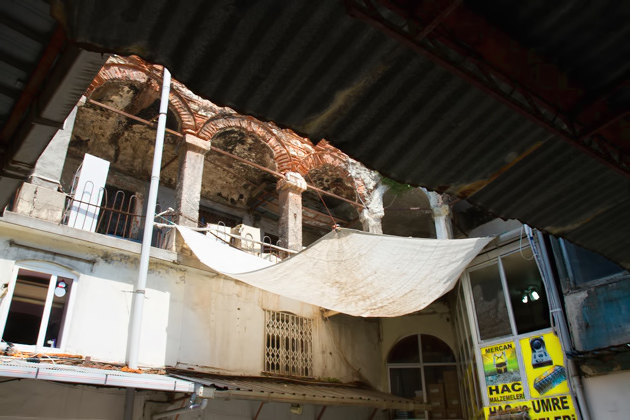
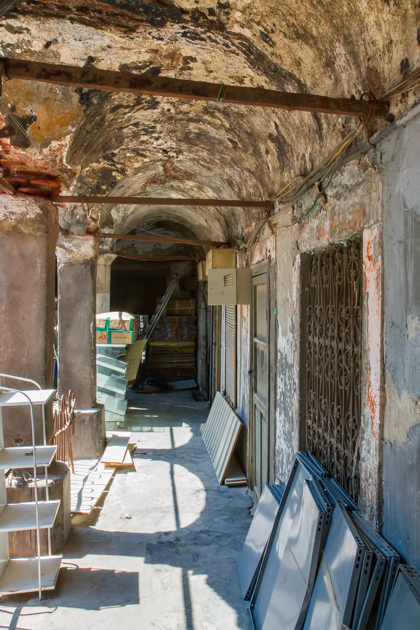
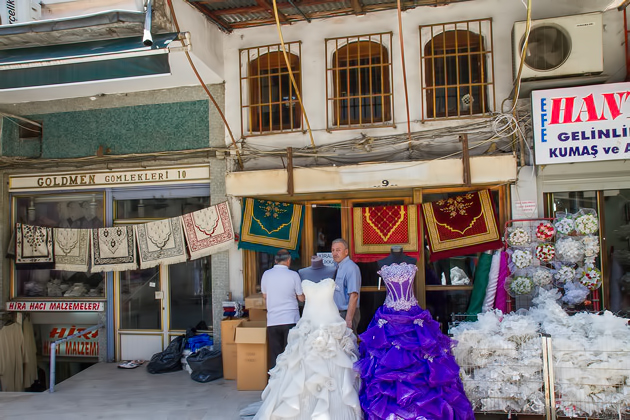
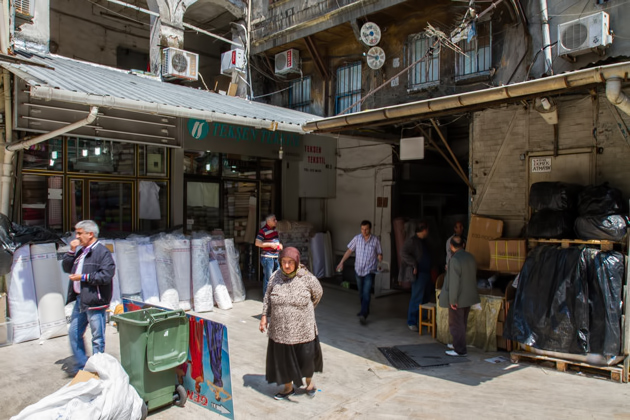
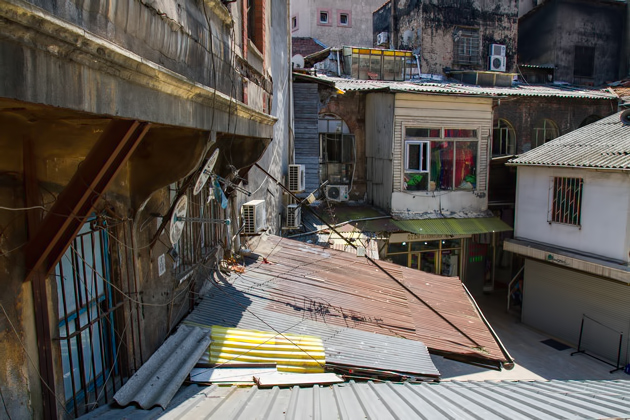
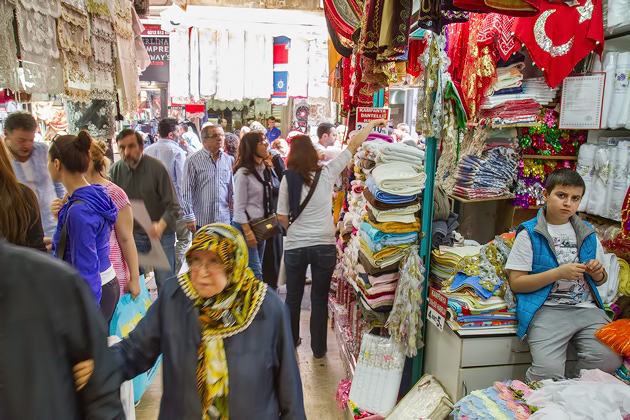
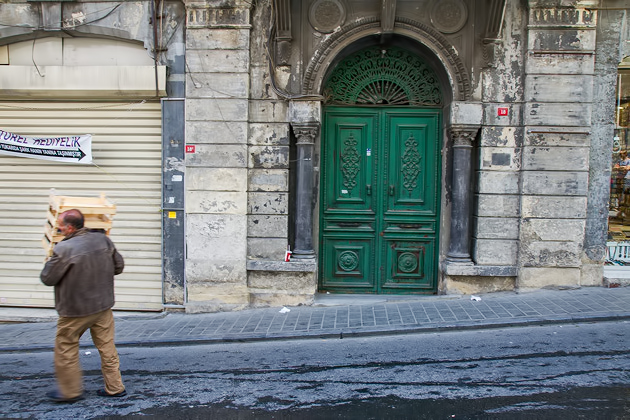

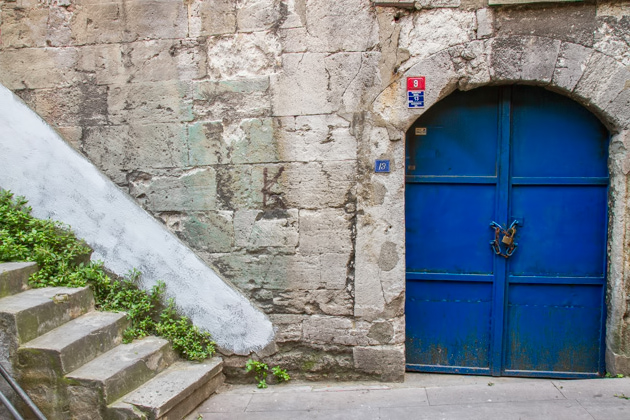
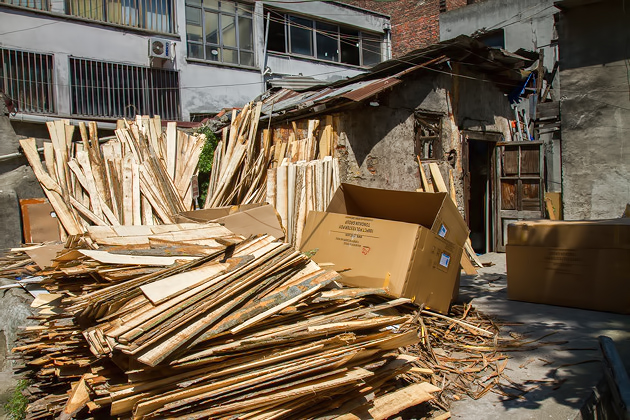
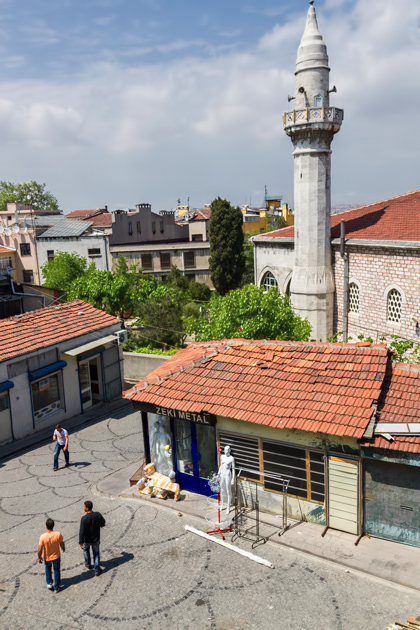

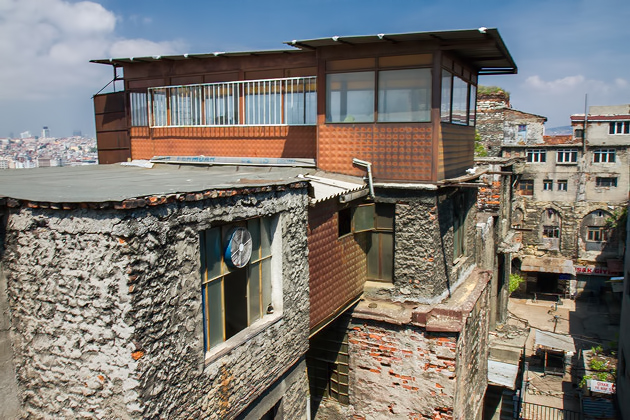
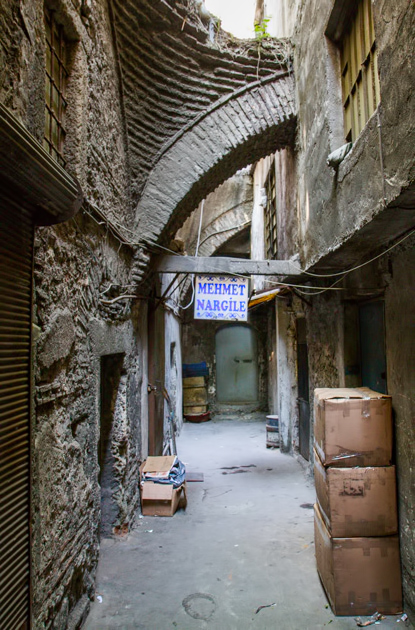
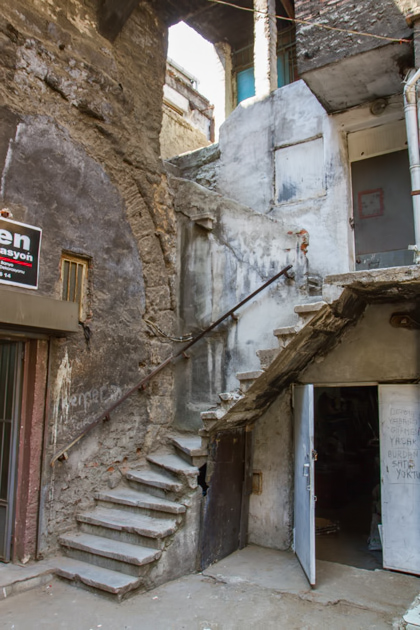
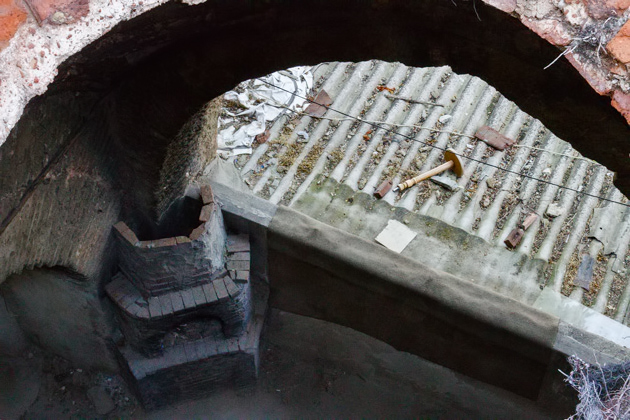
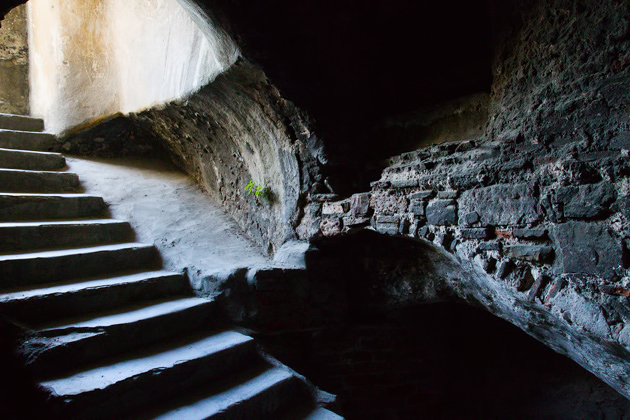
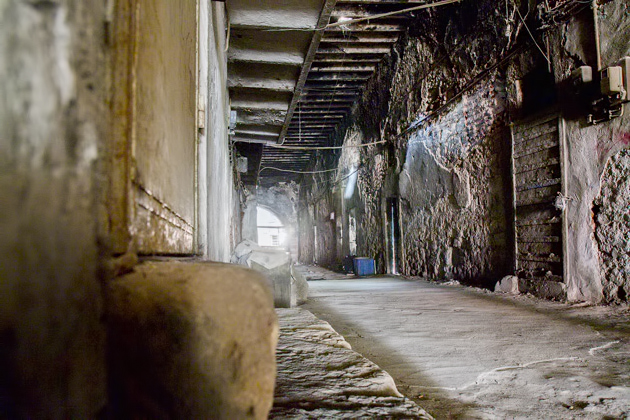
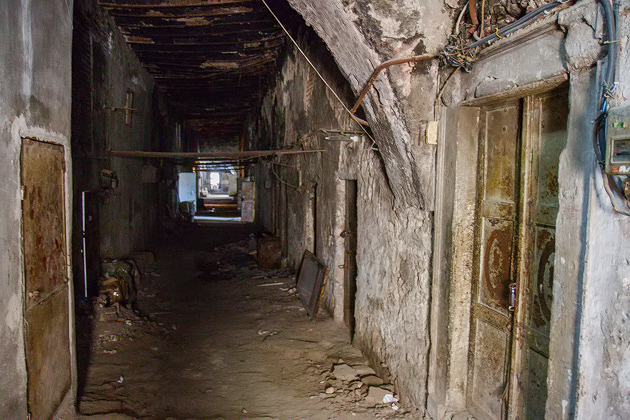
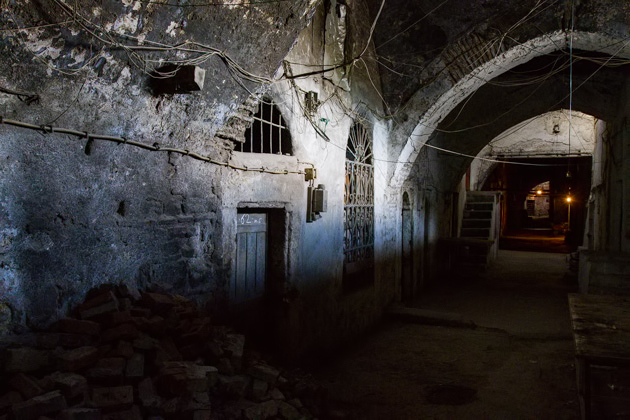
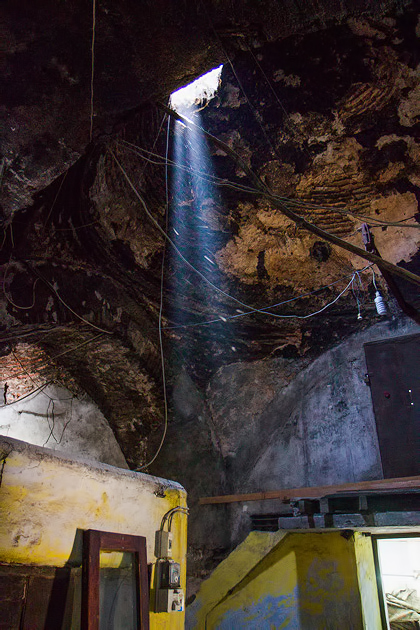
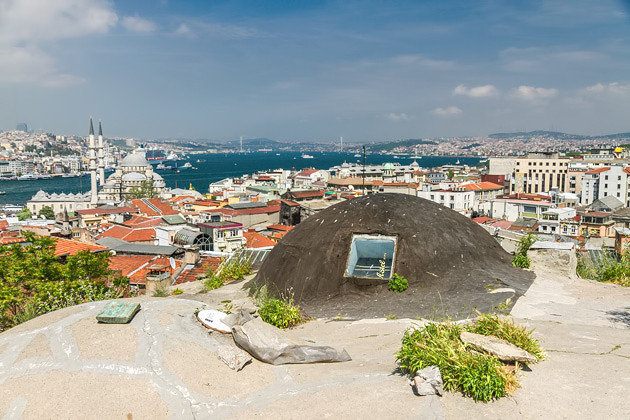
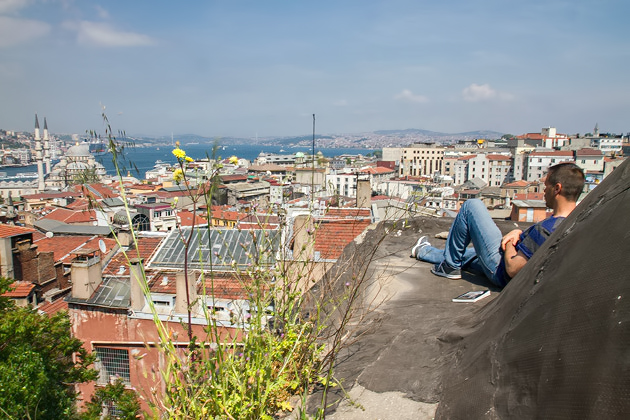
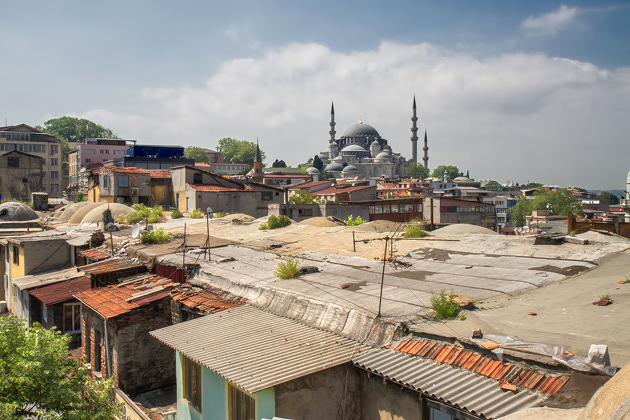
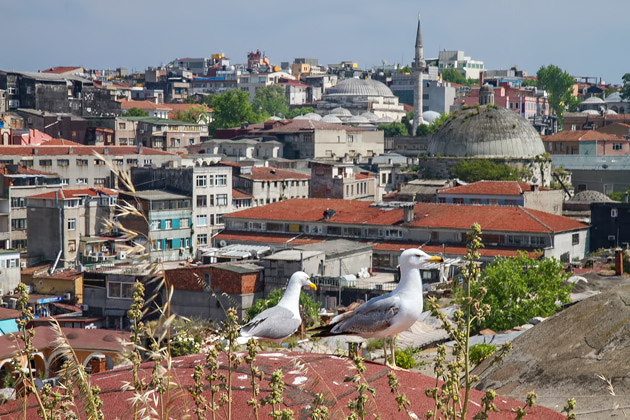
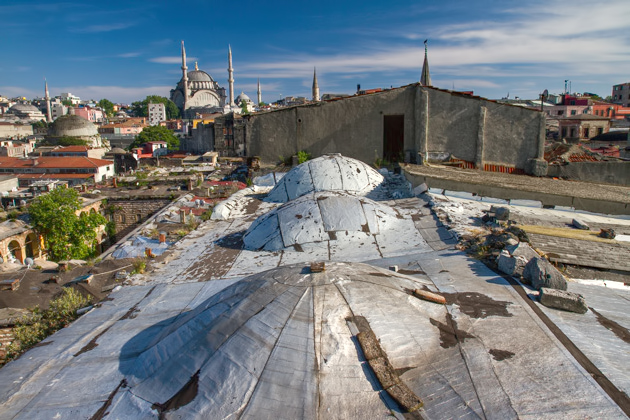
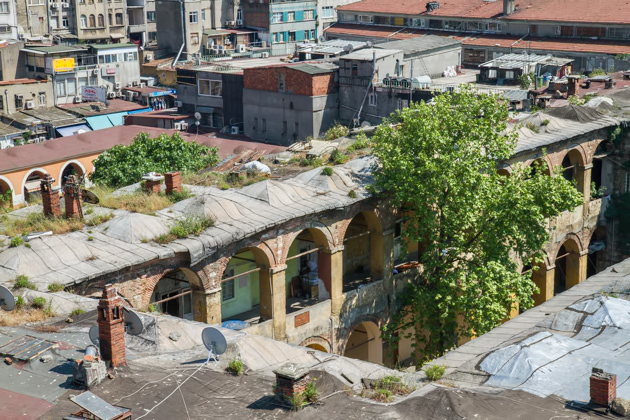
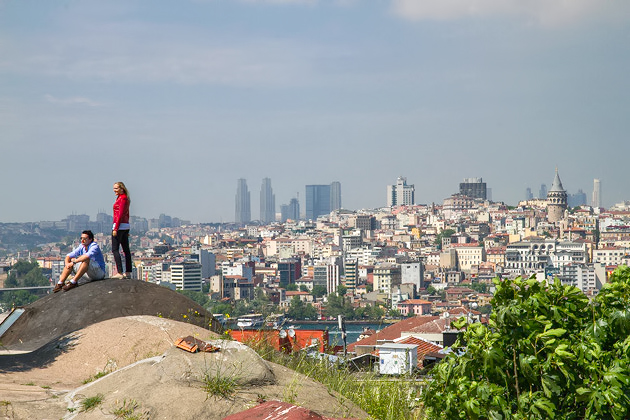
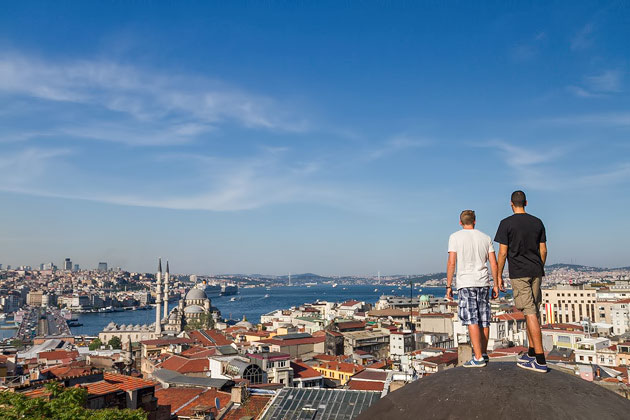
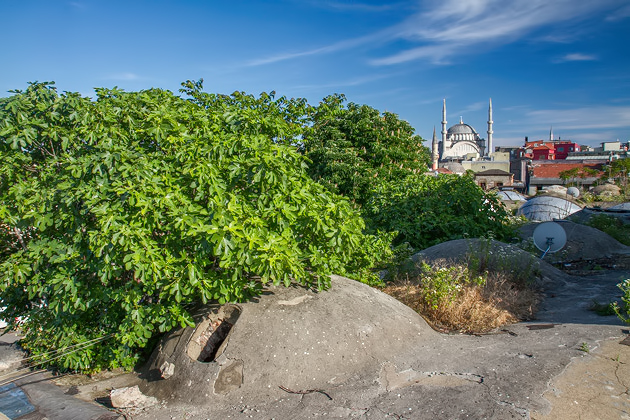
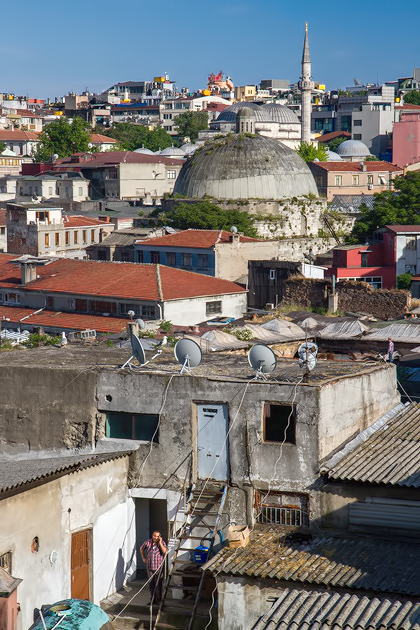
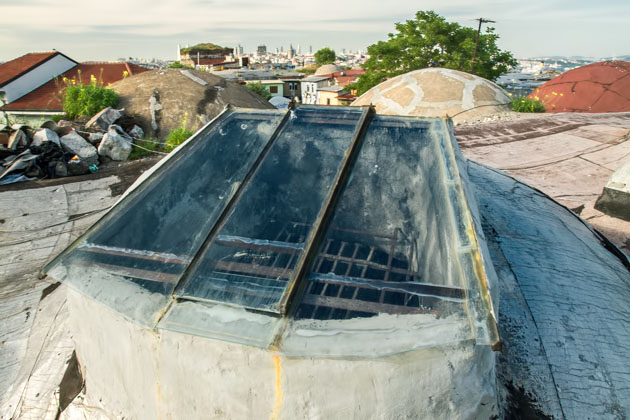
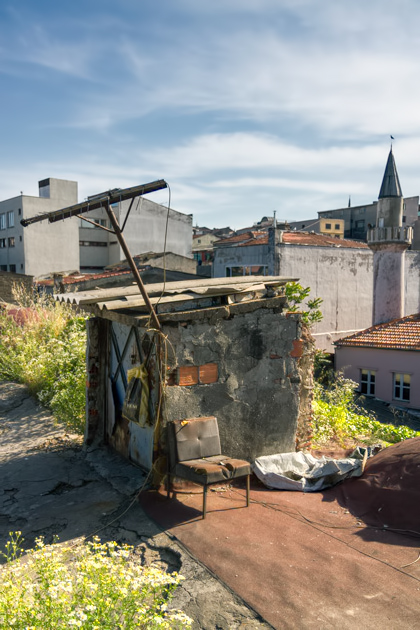
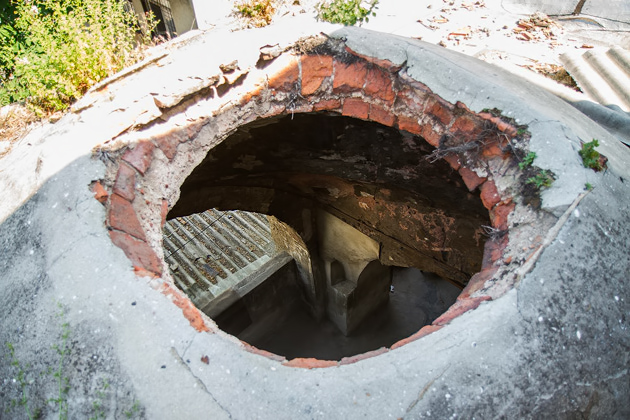
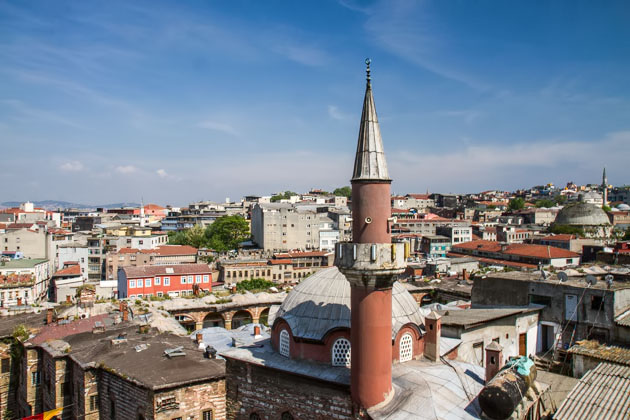
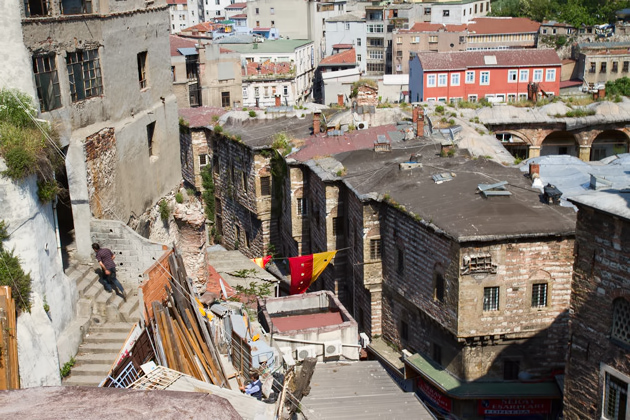
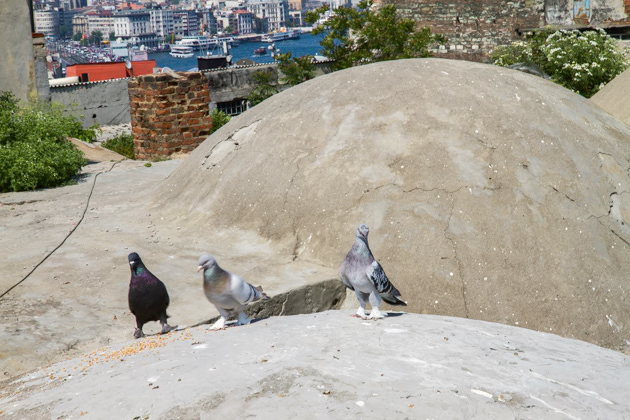
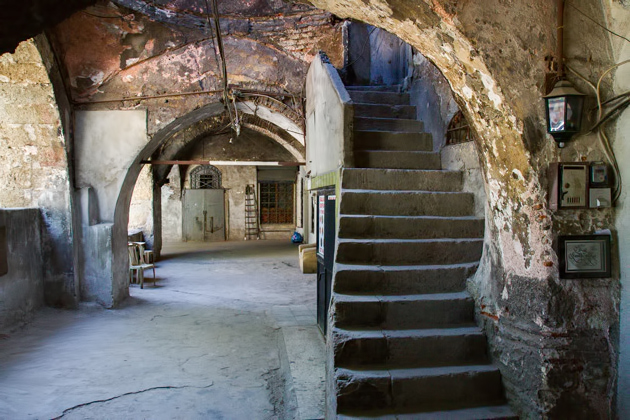
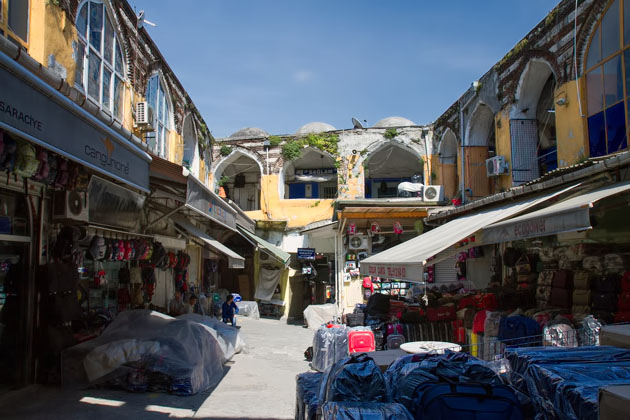
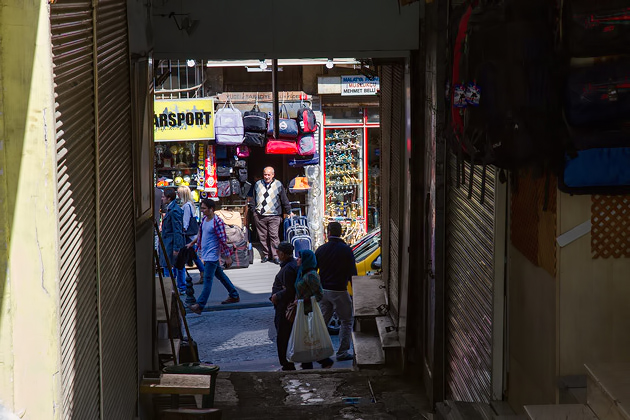
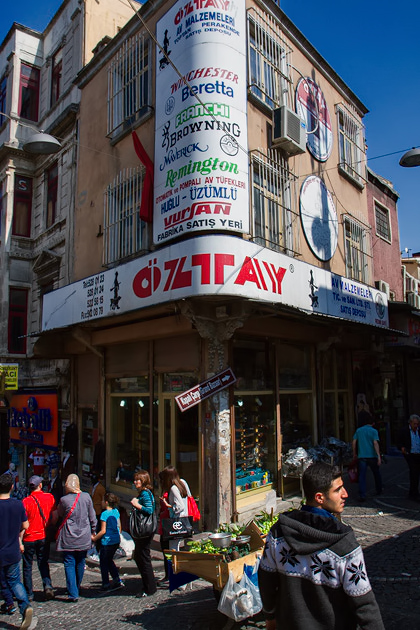
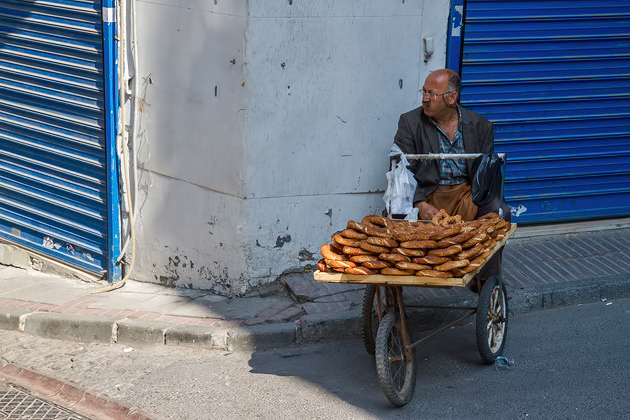
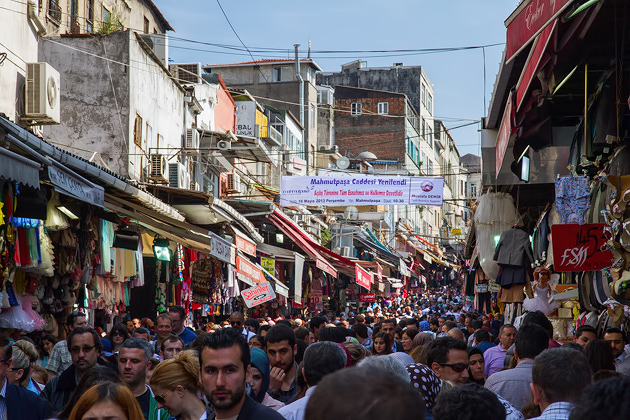
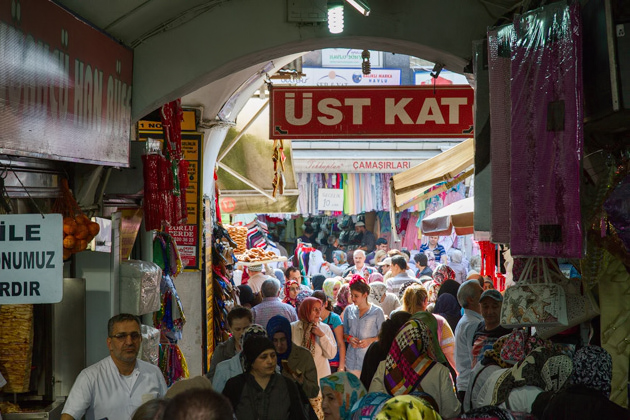

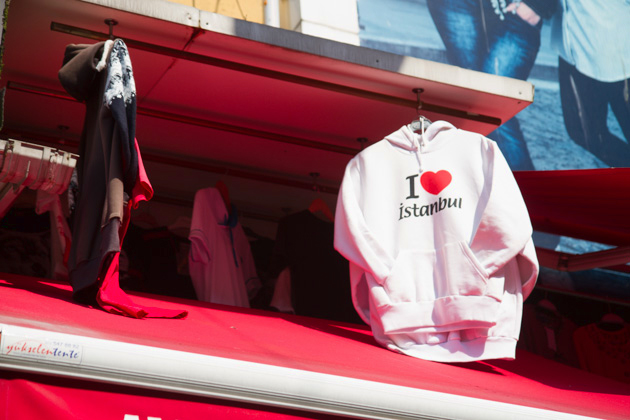
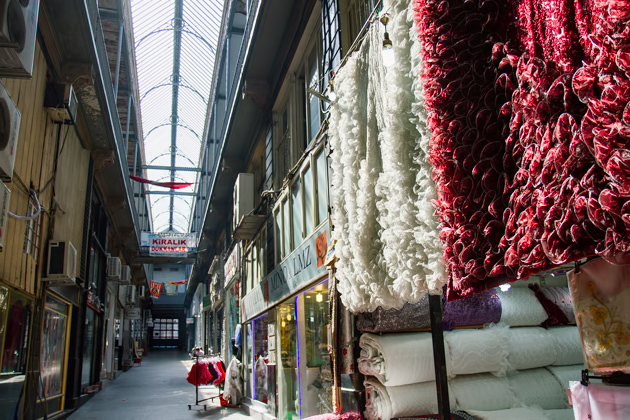
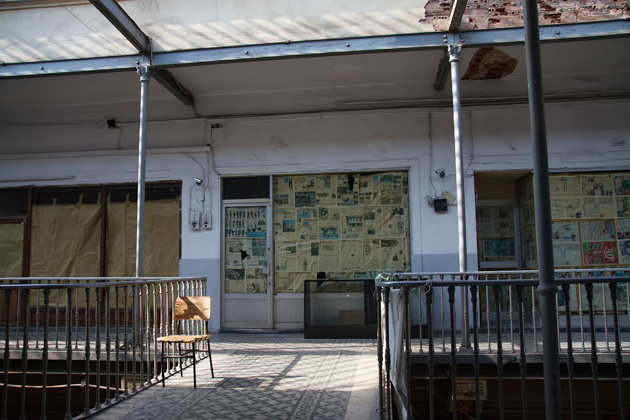
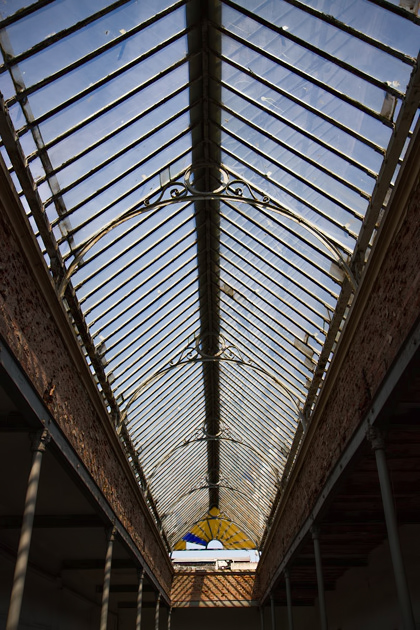
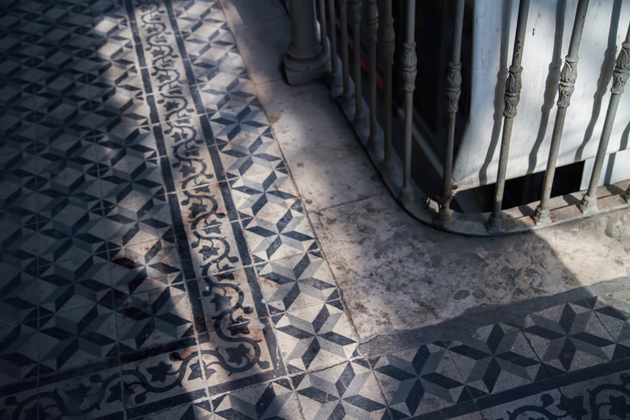

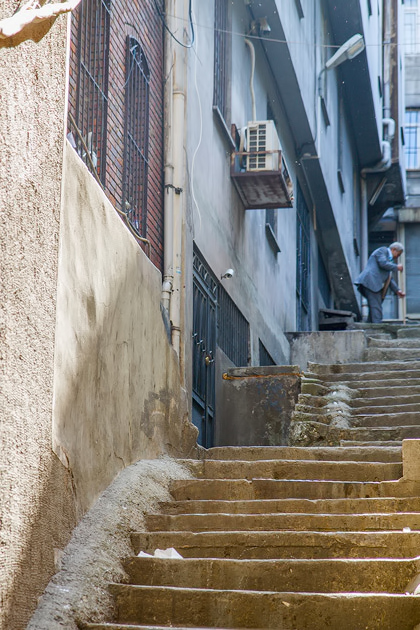
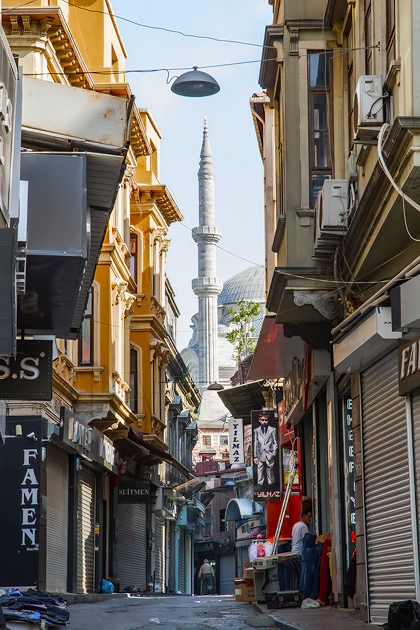
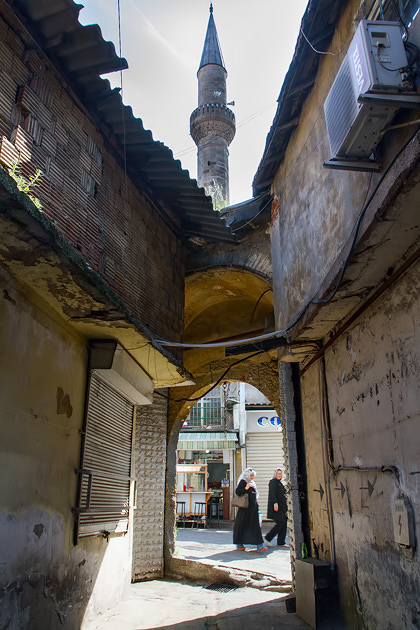
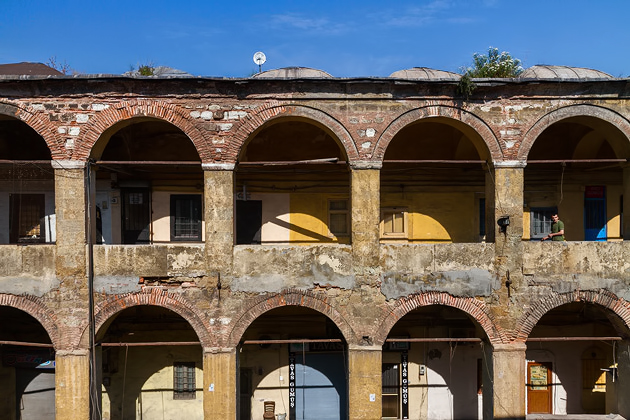
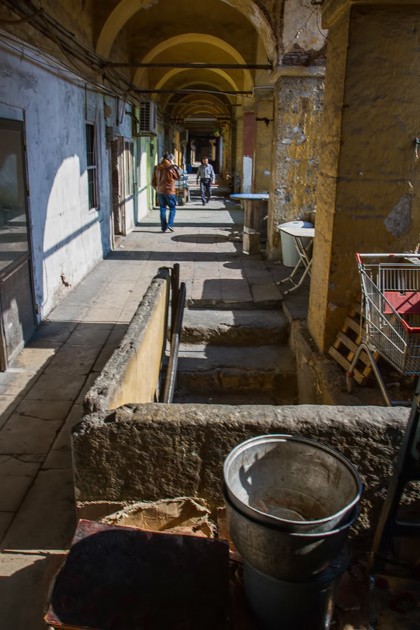
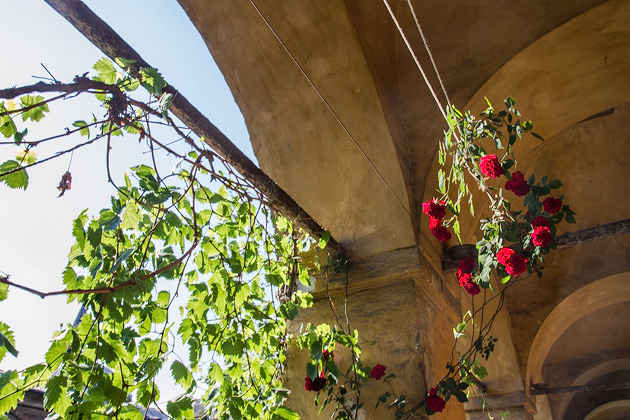
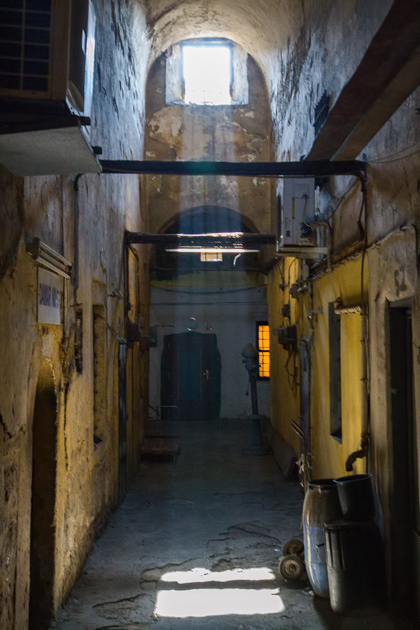
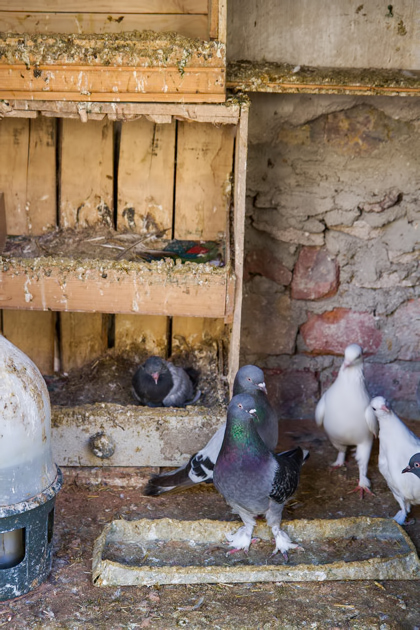
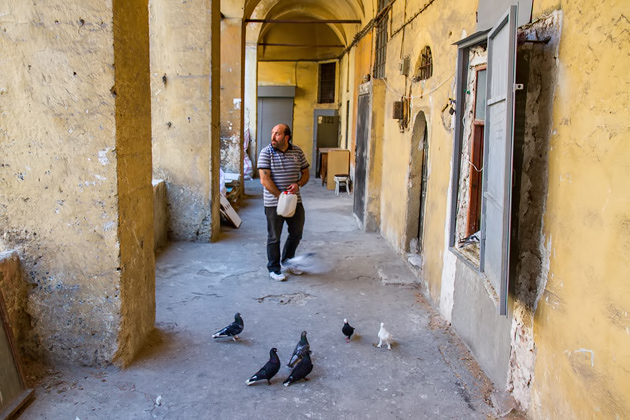
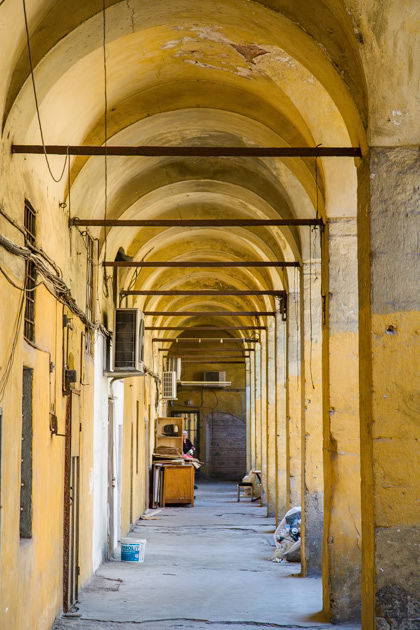
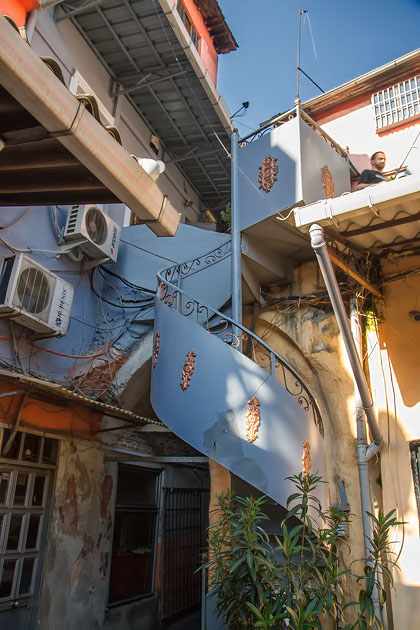
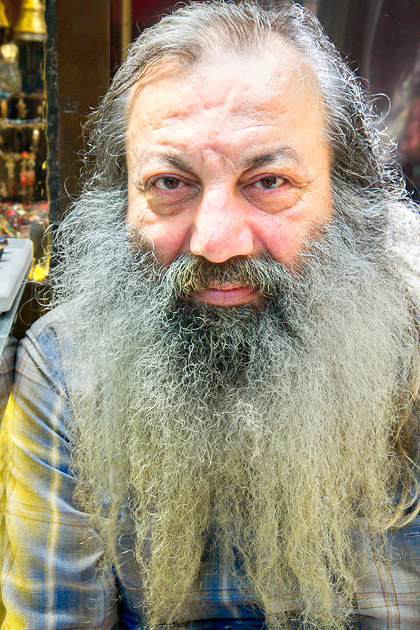
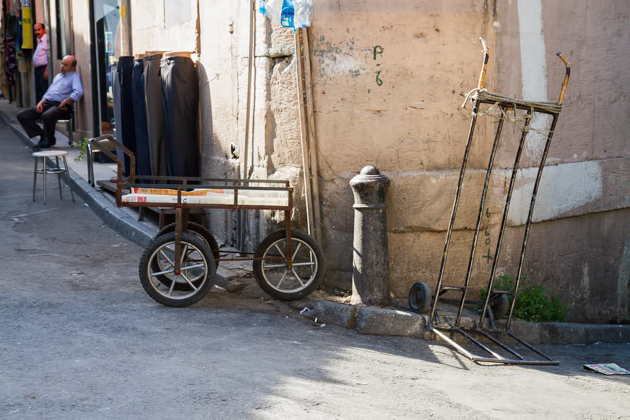
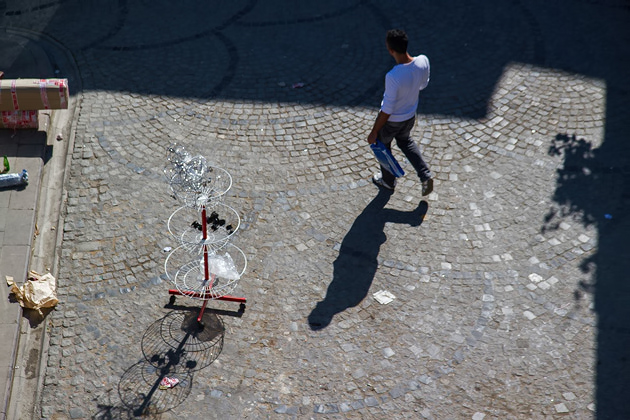
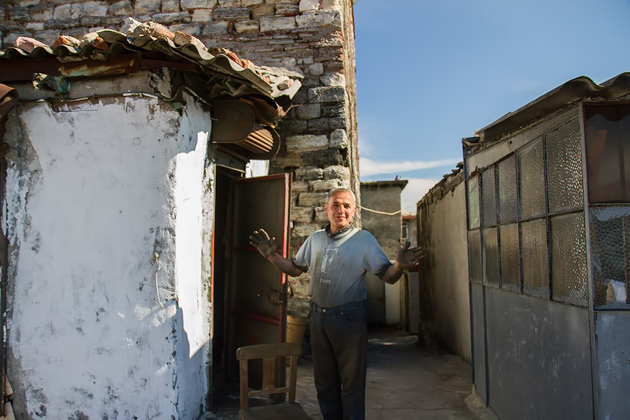
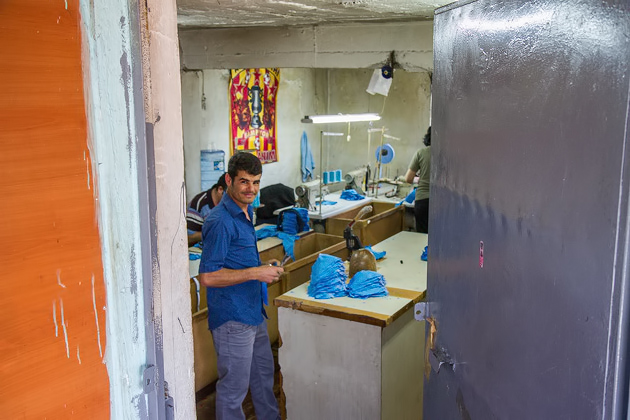

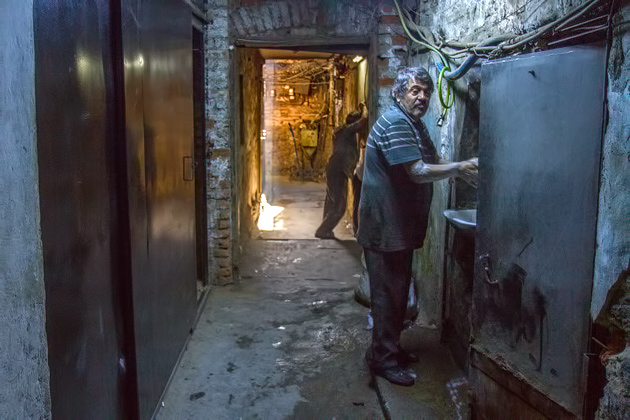

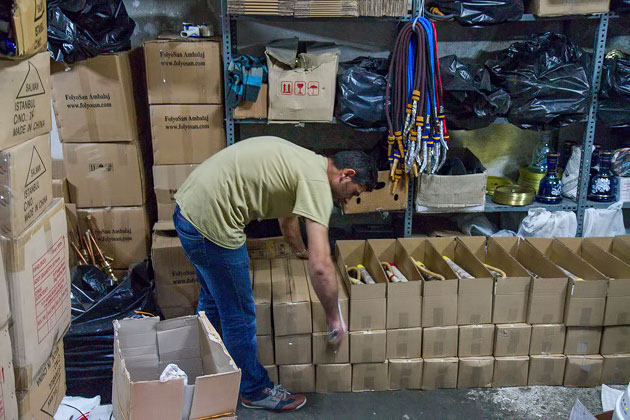
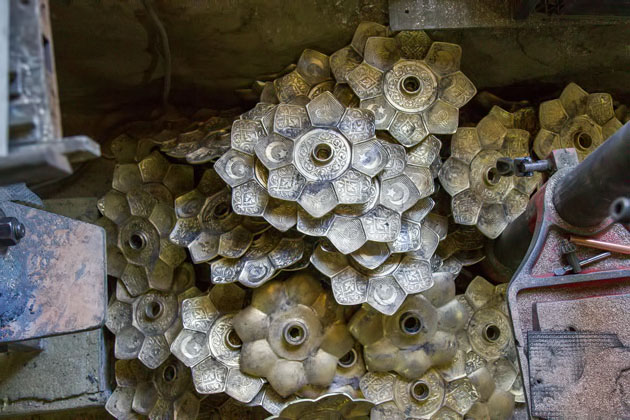
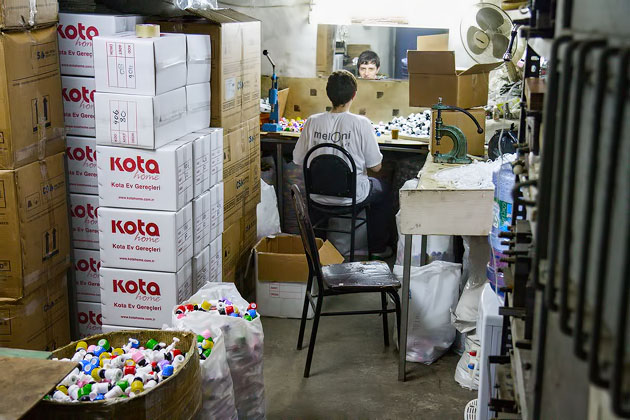
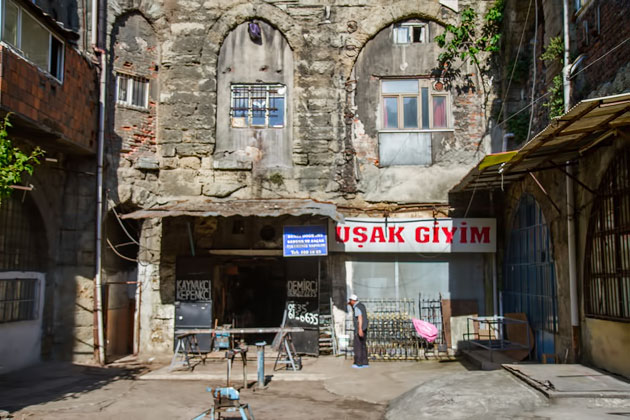
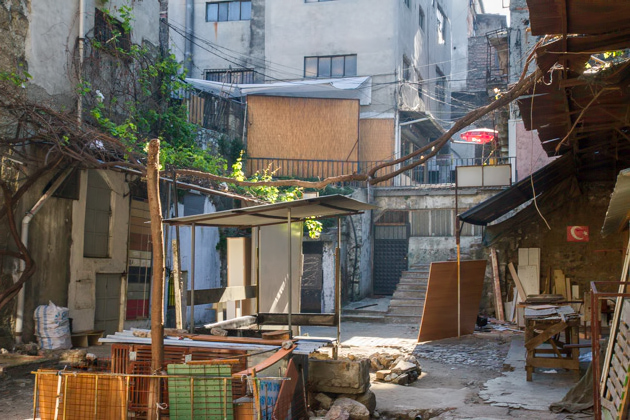
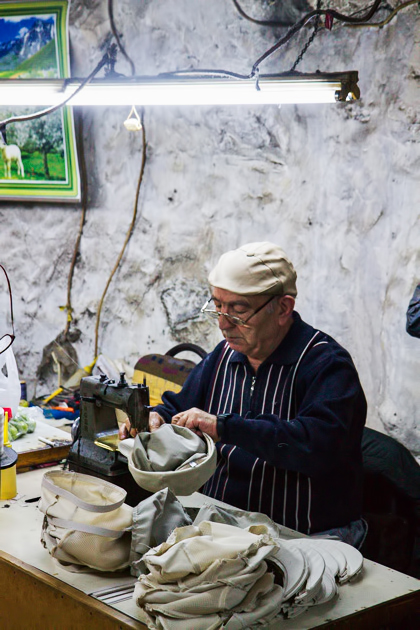
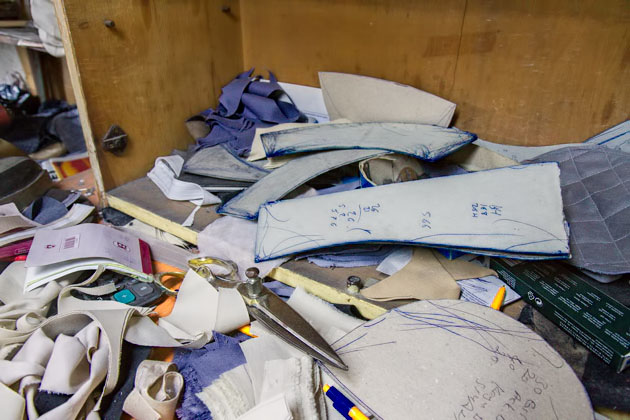
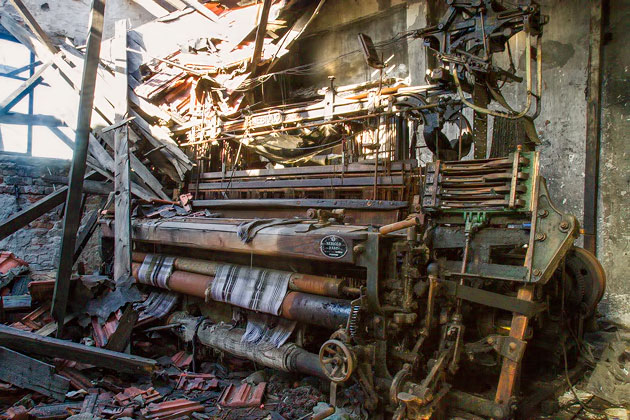

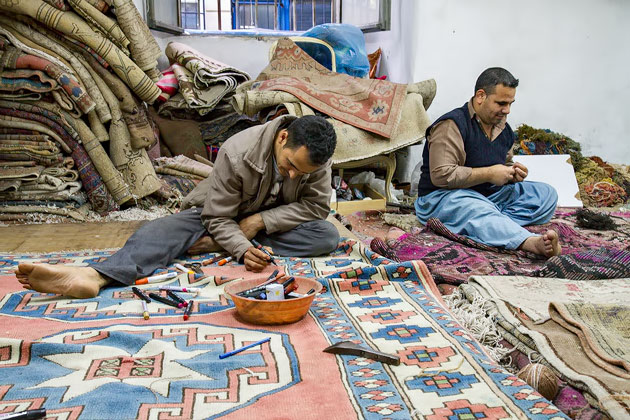
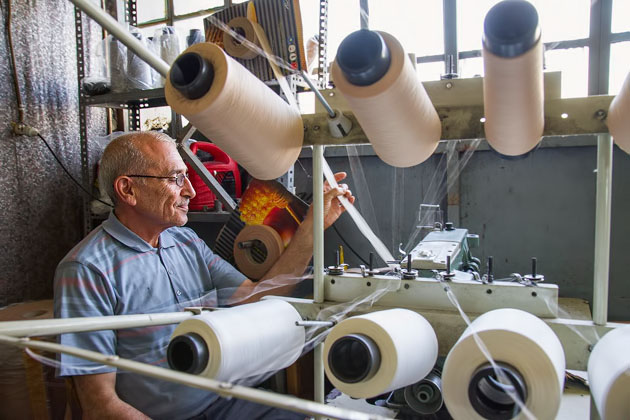

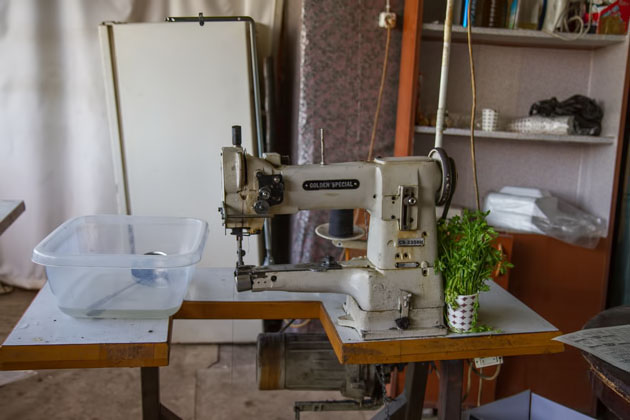
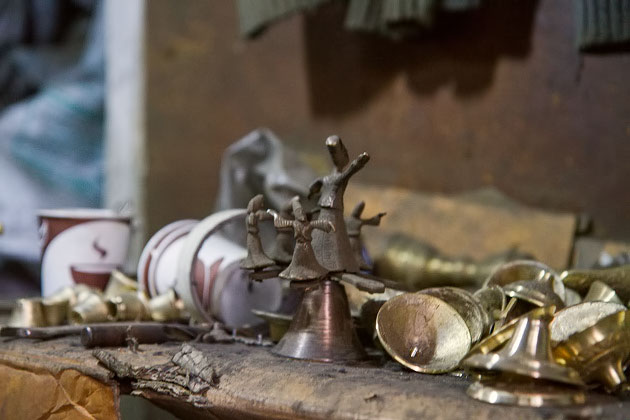
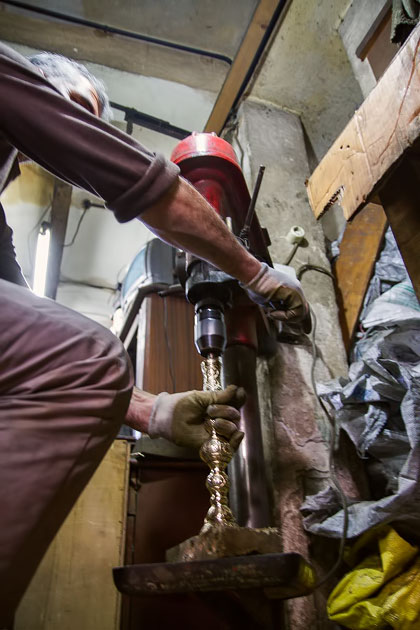

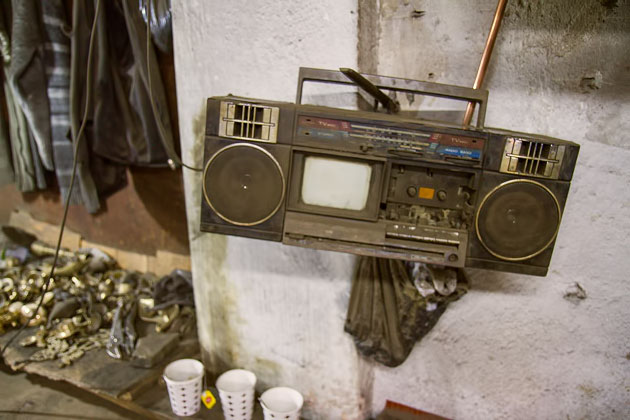

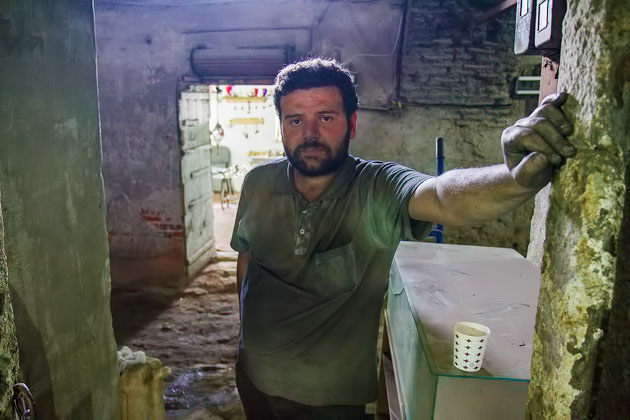
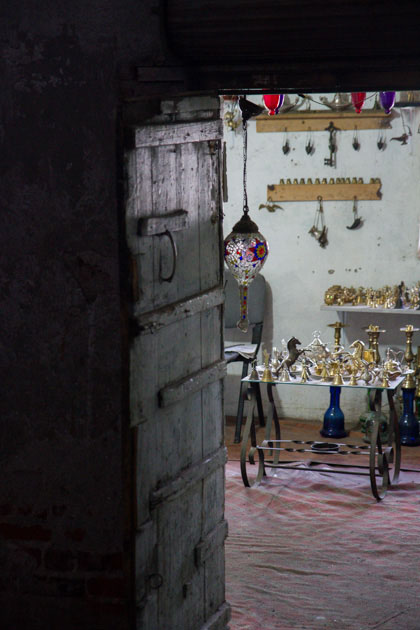
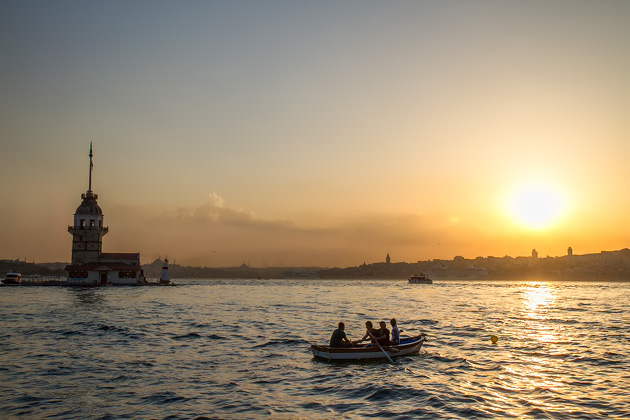
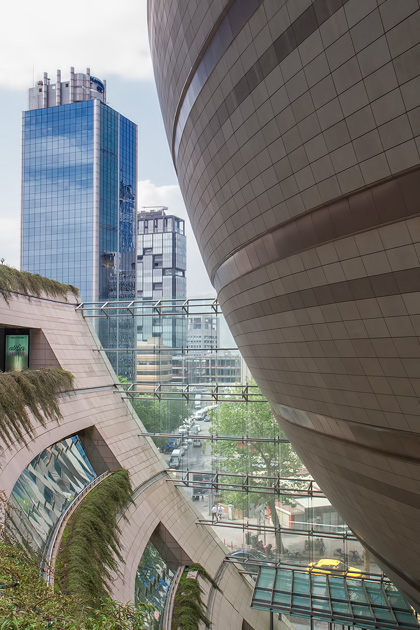
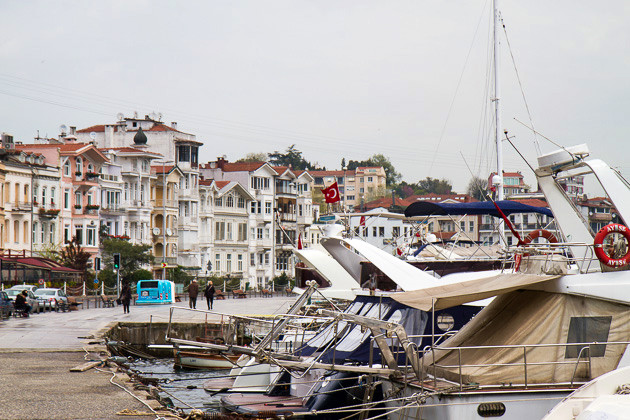

Precious post! Congratulations!I’ve could feel the atmosphere, the life and the density of this wonderful place, the hidden heart of Istanbul.
I like it I will prepare a next trip to Istambul , not only for the today info , but for all the posts you have sent elpariente
I particularly enjoyed seeing the people in this post…in their daily lives. Most interesting side adventure.
stunning stairs and hallways and the photo of the grandmother in the doorway – priceless. Don’t know how you’ll be able to leave after all these amazing posts without a tear or two.
Thank you for the comment Maria… believe us, it wasn’t easy to say goodbye. But we know we will be back. Good news, there are at least 15 more Istanbul posts coming up!!! 😉
I’m interested to find out how did you guys climb on the rooftops of Grand Bazar? Going to Istanbul this summer myself and I want to climb those roofs, to! :))
hi, just want to know where is that place to climb up on the roof top….which area? any famous landmarks or any signs?
I know at this stage of life (elderly and practically no money), I’ll never make a trip to the many places I’d like to go in the world so I’m an avid virtual traveller with a great imagination. This allows me to “feel” somehow being in many places . I just found this page and I’m hooked – what a great find!! Lovely photos, well thought, showing so much of the “real” daily life. Thanks so much and all the best to you!!
You do realize that current Istanbulites are the blood descendants of the Romans who made Constantinople their capital for a thousand years. The Ottoman Turkish tribes that entered from the east were overwhelmed in numbers by the much greater urban and rural populations of Romans living in Anatolia and Rumelia.